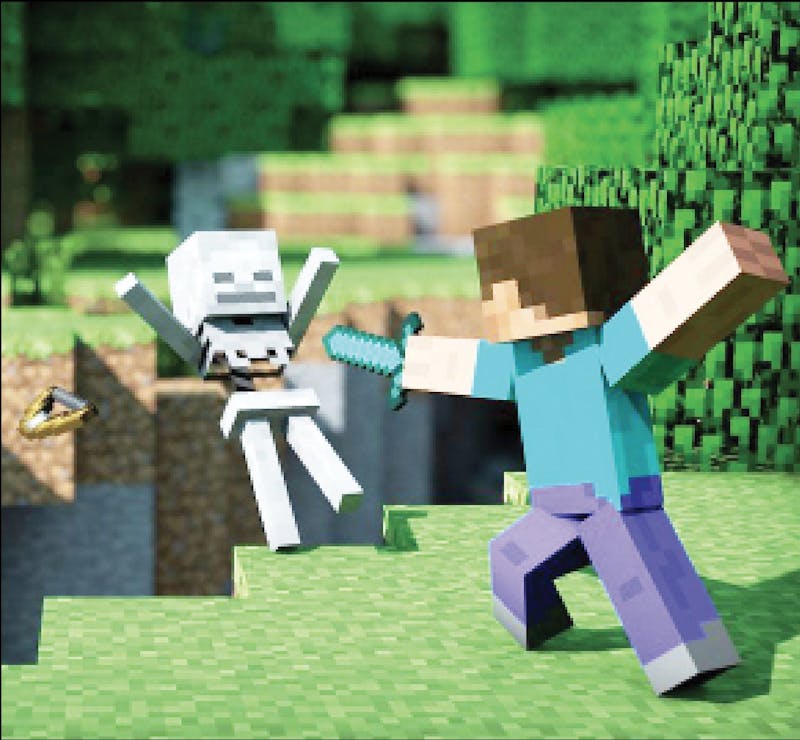The age-old debate over capital punishment rages on, as states like Arkansas and Florida have thrust the topic back into the spotlight.
In Florida, Gov. Rick Scott reassigned 21 murder cases because the prosecutor they were assigned to opposes the death penalty. In Arkansas, the state has moved forward with a plan to execute eight people in 10 days by way of four dual executions. One of those eight men was granted clemency on Thursday, so the state will have to settle for a meager seven executions, according to The Washington Post.
The reason for these expedited executions is because one of the drugs in the Arkansas’ lethal-injection cocktail is set to expire at the end of the month. Drug companies no longer sell it because of the pressure from anti-death penalty advocates, so the state does not know when — or if — it will get its next supply. Arkansas has not held an execution in 12 years because of ongoing legal battles in regard to its lethal injection process and its constitutionality, according to The Washington Post.
Though a Gallup poll shows support for the death penalty has steadily fallen after peaking in the ‘80s, some states are steadfast in their commitment to making sure the punishment fits the crime. But we think there is too much gray area in this absolutist pursuit of justice.
Let’s look at the facts. The United States is one of the very few developed countries in the world to still utilize capital punishment. The rate at which the U.S. held executions in 2015 puts it in company with countries like China, Iran, Pakistan and Saudi Arabia, according to Amnesty International.
A Washington Post study shows that, of all the inmates executed between 2000 and 2015, 43 percent were diagnosed with some form of mental illness. This doesn’t even account for those, like Charleston church-shooter Dylan Roof, who voluntarily accepted their punishment without an appeals process. It also leaves out individuals who were potentially undiagnosed or, like Roof, refused professional help. Evidence shows that Roof intended to kill himself after his heinous hate crime, so by voluntarily waiving his right to appeal, he is effectively accomplishing that same goal.
There is also racial disparity in who gets executed. People of color have accounted for 43 percent of executions in the U.S. since 1976. In Colorado, Louisiana and Pennsylvania, minorities account for 80 percent, 72 percent and 70 percent of death row inmates, respectively. There have also only been 12 cases where a white defendant was executed for the murder of a black victim, while 178 black defendants have been executed for murders of white victims, according to the ACLU. So it seems, the way the death penalty works in practice, is more of a deterrent if you are a person of color rather than white.
Then there’s the potential of killing someone wrongly accused. One high-profile case that exemplifies this involved five teenage boys in 1989 who were accused of raping a woman who was jogging through Central Park.
Public outrage incited many to call for the death penalty, including Donald Trump, who took out a full-page ad calling for a restoration of capital punishment in New York newspapers. The boys were exonerated after another man admitted to the rape in 2002.
When we consider all these factors, we cannot support capital punishment. What it boils down to is the inherent uncertainty that comes along with many of these cases. Is justice really served when an innocent, or mentally ill person dies? At what point does this pursuit of justice bleed into a god complex? And what message are we sending to the rest of the world by supporting state-sanctioned killings, while simultaneously condemning them in other countries, as evidenced by the recent chemical attacks in Syria?
The way we justify these executions may be different from the use of chemical weapons to some people, but that does not mean they are not the same at their core. We’re talking about human life here.
None of us are certain enough in our convictions to support death as a punishment for crime. Though an eye for an eye may seem fair for those who view the world in black and white, those who see the gray know what actually happens.
The opinions expressed in this article are solely those of the writer and are not representative of The Slate or its staff as a whole.


The Slate welcomes thoughtful discussion on all of our stories, but please keep comments civil and on-topic. Read our full guidelines here.